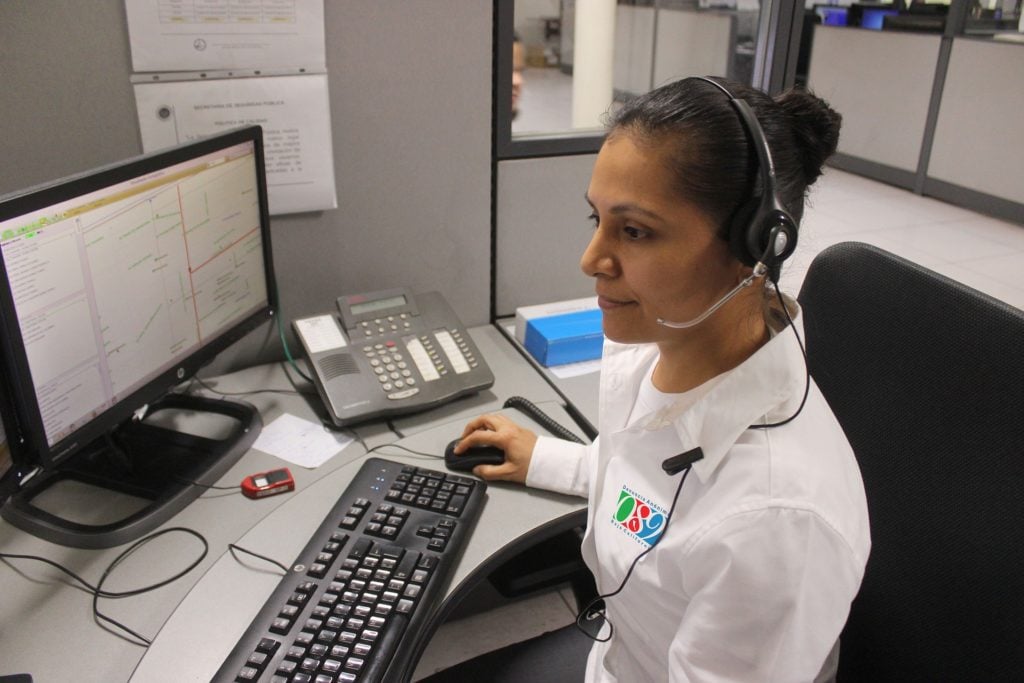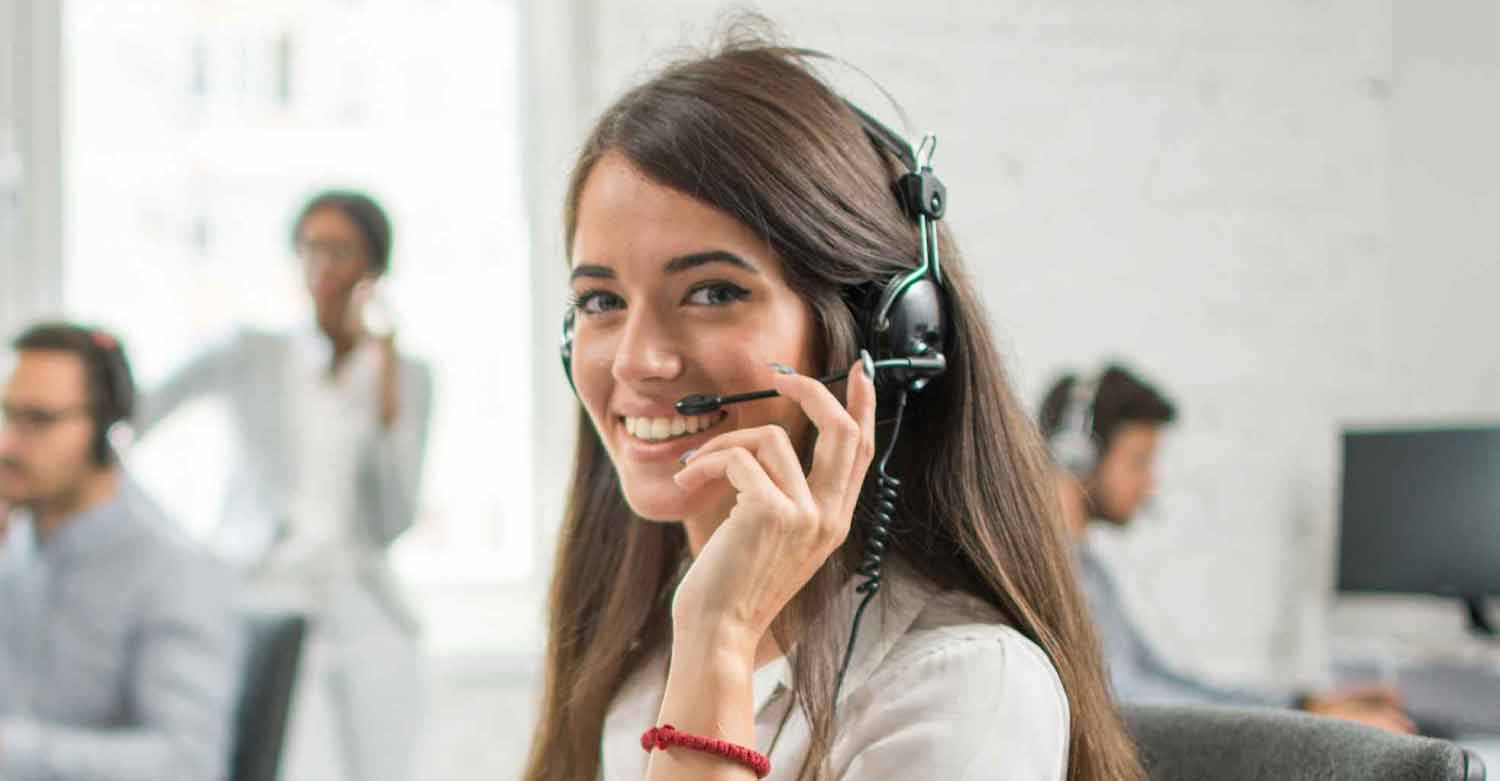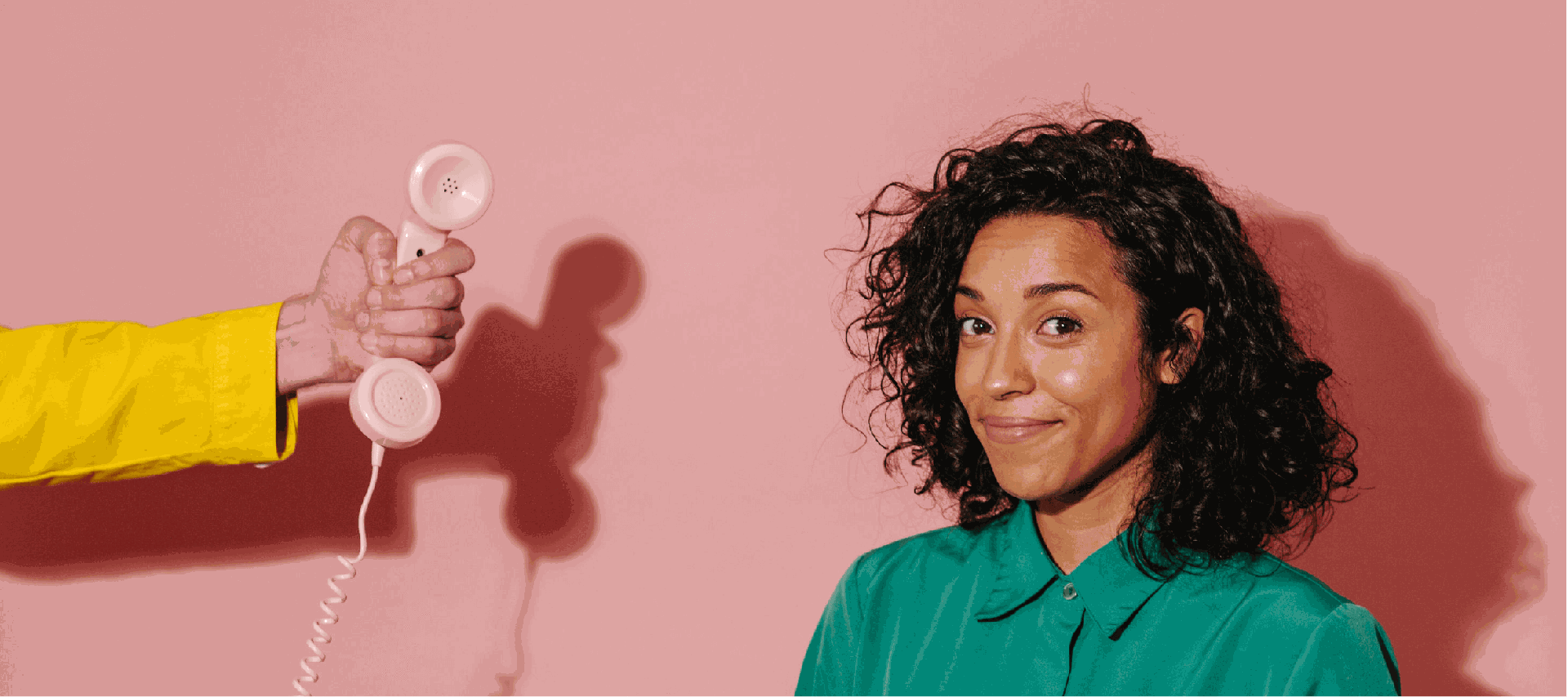All Categories
Featured
Table of Contents
- – What Is The Best Phone Answering Services To Have
- – A Best The Benefits Of Secretarial And Telepho...
- – The Best What Is An Answering Service Service?
- – Which Is The Best Phone Answering Services - ...
- – How Is The Best Phone Answering - Serviced & ...
- – What Is The Best Business Answering Services...
What Is The Best Phone Answering Services To Have
This gadget and its successors were developed by Sava Jacobson, an electrical engineer with a private consulting service. While early voice mail utilized magnetic tape innovation, most modern-day equipment uses solid state memory storage; some devices use a mix of both, with a solid-state circuit for the outbound message and a cassette for the inbound messages.
"toll saving" below) (phone call answering). This is useful if the owner is evaluating calls and does not want to consult with all callers. In any case after going, the calling celebration should be notified about the call having actually been addressed (in many cases this begins the charging), either by some remark of the operator, or by some welcoming message of the little bit, or resolved to non-human callers (e.
This holds specifically for the Little bits with digitally kept greeting messages or for earlier machines (prior to the increase of microcassettes) with an unique limitless loop tape, separate from a 2nd cassette, dedicated to recording. There have actually been answer-only devices without any recording abilities, where the welcoming message needed to inform callers of a state of existing unattainability, or e (virtual telephone answering).
A Best The Benefits Of Secretarial And Telephone Answering ...

about availability hours. In taping Littles the welcoming normally contains an invite to leave a message "after the beep". An answering maker that uses a microcassette to tape-record messages On a dual-cassette answerphone, there is an outgoing cassette, which after the specified variety of rings plays a pre-recorded message to the caller.

Single-cassette answering devices include the outgoing message at the start of the tape and inbound messages on the staying area. They first play the announcement, then fast-forward to the next available area for recording, then tape-record the caller's message. If there are many previous messages, fast-forwarding through them can cause a significant delay.
This beep is frequently described in the greeting message, asking for that the caller leave a message "after the beep". TADs with digital storage for the taped messages do disappoint this hold-up, naturally. A TAD might offer a push-button control center, whereby the answerphone owner can ring the house number and, by getting in a code on the remote telephone's keypad, can listen to tape-recorded messages, or delete them, even when far from house.
The Best What Is An Answering Service Service?

Thereby the maker increases the variety of rings after which it addresses the call (usually by 2, leading to 4 rings), if no unread messages are currently kept, however responses after the set number of rings (generally two) if there are unread messages. This allows the owner to discover whether there are messages waiting; if there are none, the owner can hang up the phone on the, e.
Some machines also allow themselves to be remotely triggered, if they have been turned off, by calling and letting the phone ring a certain a great deal of times (normally 10-15). Some service companies abandon calls already after a smaller number of rings, making remote activation difficult. In the early days of Littles an unique transmitter for DTMF tones (dual-tone multi-frequency signalling) was regionally needed for remote control, given that the formerly employed pulse dialling is not apt to convey proper signalling along an active connection, and the dual-tone multi-frequency signalling was implemented stepwise.
Any incoming call is not recognizable with regard to these properties in advance of going "off hook" by the terminal devices. So after going off hook the calls must be switched to proper devices and only the voice-type is instantly accessible to a human, but maybe, nevertheless ought to be routed to a TAD (e.
Which Is The Best Phone Answering Services - Usa, Europe Company
What if I told you that you do not need to really get your device when responding to a client call? Another person will. So practical, ideal? Addressing phone calls does not require someone to be on the other end of the line. Efficient automated phone systems can do the technique simply as efficiently as a live agent and often even better.
An automatic answering service or interactive voice response system is a phone system that communicates with callers without a live person on the line - answering service. When business use this innovation, clients can get the answer to a question about your organization merely by utilizing interactions set up on a pre-programmed call circulation.
Although live operators upgrade the consumer service experience, lots of calls do not require human interaction. A basic recorded message or guidelines on how a customer can obtain a piece of information usually solves a caller's immediate requirement - phone answering service. Automated answering services are a basic and reliable way to direct inbound calls to the right person.
How Is The Best Phone Answering - Serviced & Virtual Offices & Admin ... Company
Notice that when you call a business, either for support or product questions, the first thing you will hear is a pre-recorded voice welcoming and a series of alternatives like press 1 for client service, press 2 for queries, and so on. The pre-recorded choices branch off to other options depending on the customer's choice.
The phone tree system helps direct callers to the best individual or department utilizing the keypad on a smart phone. In some circumstances, callers can use their voices. It's worth noting that auto-attendant choices aren't restricted to the ten numbers on a phone's keypad. As soon as the caller has actually picked their very first alternative, you can design a multi-level auto-attendant that uses sub-menus to direct the caller to the ideal sort of support.
The caller does not need to communicate with an individual if the auto-attendant phone system can manage their concern. The automated service can path callers to a worker if they reach a "dead end" and require help from a live representative. It is costly to work with an operator or executive assistant.
What Is The Best Business Answering Services - Virtual Receptionists 2023
Automated answering services, on the other hand, are considerably less expensive and provide considerable expense savings at an average of $200-$420/month. Even if you do not have actually committed staff to manage call routing and management, an automated answering service enhances performance by allowing your group to concentrate on their strengths so they can more effectively invest their time on the phone.
A sales lead routed to customer service is a lost shot. If a consumer who has product questions reaches the wrong department or gets insufficient answers from well-meaning employees who are less trained to manage a specific type of concern, it can be a cause of frustration and discontentment. An automated answering system can decrease the variety of misrouted calls, thus helping your workers make better use of their phone time while releasing up time in their calendar for other tasks.
With Automated Answering Systems, you can create a customized experience for both your staff and your callers. Make a recording of your main greeting, and merely upgrade it regularly to reflect what is going on in your company. You can produce as numerous departments or menu alternatives as you want.
Table of Contents
- – What Is The Best Phone Answering Services To Have
- – A Best The Benefits Of Secretarial And Telepho...
- – The Best What Is An Answering Service Service?
- – Which Is The Best Phone Answering Services - ...
- – How Is The Best Phone Answering - Serviced & ...
- – What Is The Best Business Answering Services...
Latest Posts
Affordable Call Answering Service Near Me
After Hours Answering Service – QLD
Value Real Estate Answering Service – Australian Capital Territory
More
Latest Posts
Affordable Call Answering Service Near Me
After Hours Answering Service – QLD
Value Real Estate Answering Service – Australian Capital Territory